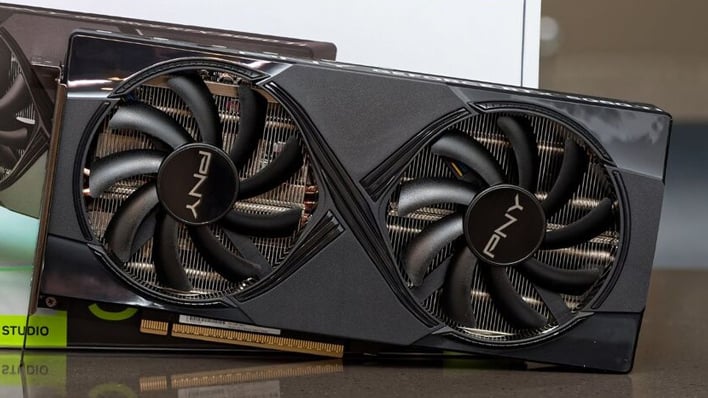Sales Data Shows 16GB GPUs Dominating 8GB Models At Major Retailer
Before we proceed, keep in mind that MindFactory is a German e-tailer, and we figure that most of its clientele is better-off than some other, less affluent regions. Having said that, games and their performance care little for what country you're in, so buying advice mostly applies universally. The long and short is that gamers overwhelmingly choose the 16GB models for both cards.
MindFactory publishes how many units it's sold directly on its storefront under every product listing, so it's easy enough to do the math. As of this writing, the site had sold over 15x times as many 16 GB NVIDIA 5060 Tis as they did the 8 GB model, or 1675 units versus 110. As for AMD's 9060 XT, the difference is even more brutal: over 29x as many 16 GB cards versus the 8 GB variant, at 885 to 30 units sold.

If you're wondering whether stock availability played a part, all variants are widely available, with MindFactory having multiple models of each card available right now. The price delta is more telling, though. A quick eyeball browse puts the 16 GB version of the 5060 Ti as only ~65€ more expensive than the 8 GB version, or about 15% of the price. The story is nearly the same on the AMD front, with roughly a 55€ price delta, also 15% of the cards' total cost.
Given the relatively sparse savings to be had by going with the cheaper variants, it's no wonder gamers are opting to go with the higher-end models. Many contemporary titles have little issue getting dangerously close to 8 GB of VRAM usage even without the highest detail settings, and some titles blast through that limit altogether once you're playing in 4K with high detail, particularly if ray-tracing and frame generation (DLSS4 or FSR4) are enabled. Since those features are considered necessities for some of the latest graphically intensive games, it's easy to make the case that having only 8 GB of VRAM on cards is not the best idea, if you've got the budget for a card with more VRAM.
Thanks to TechPowerUp for the heads-up.

